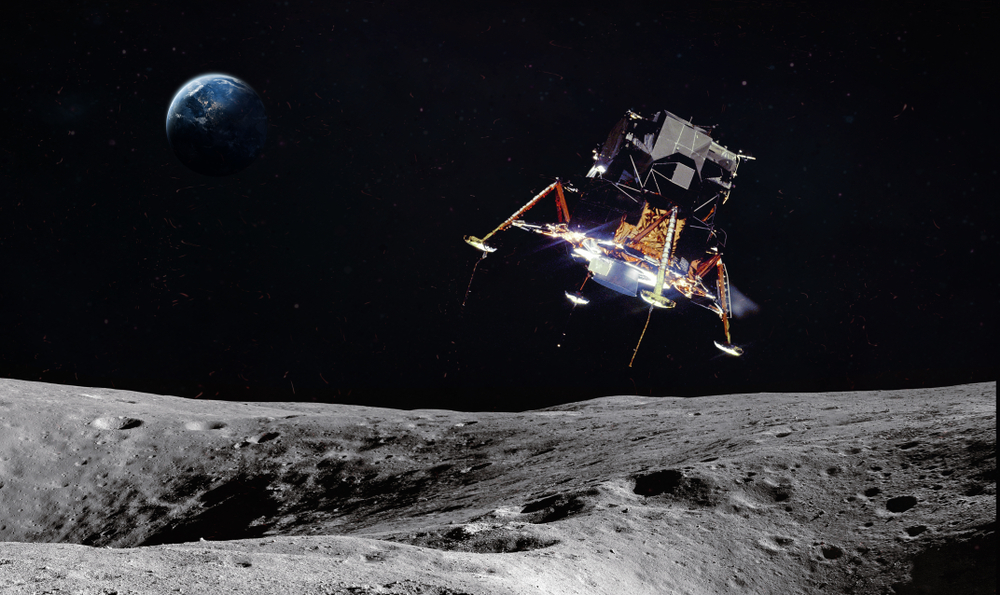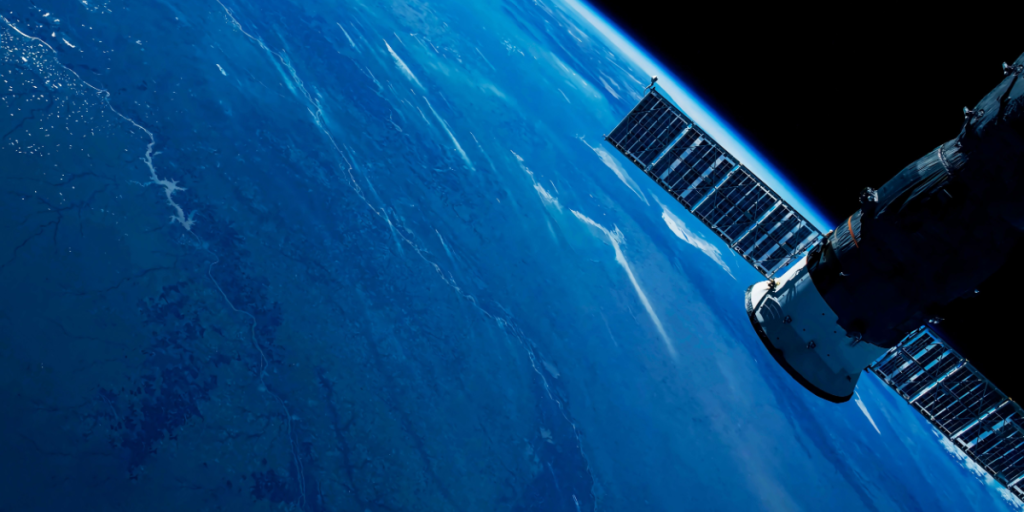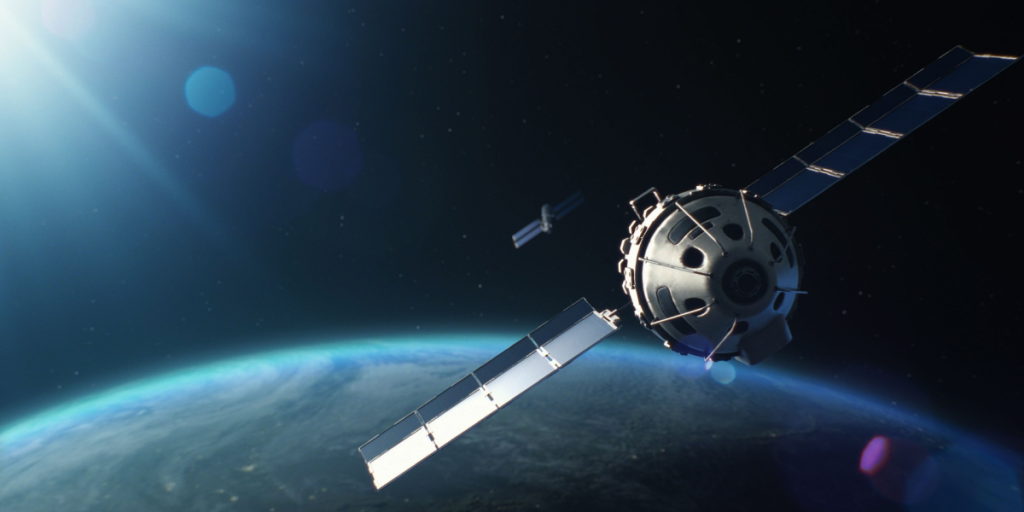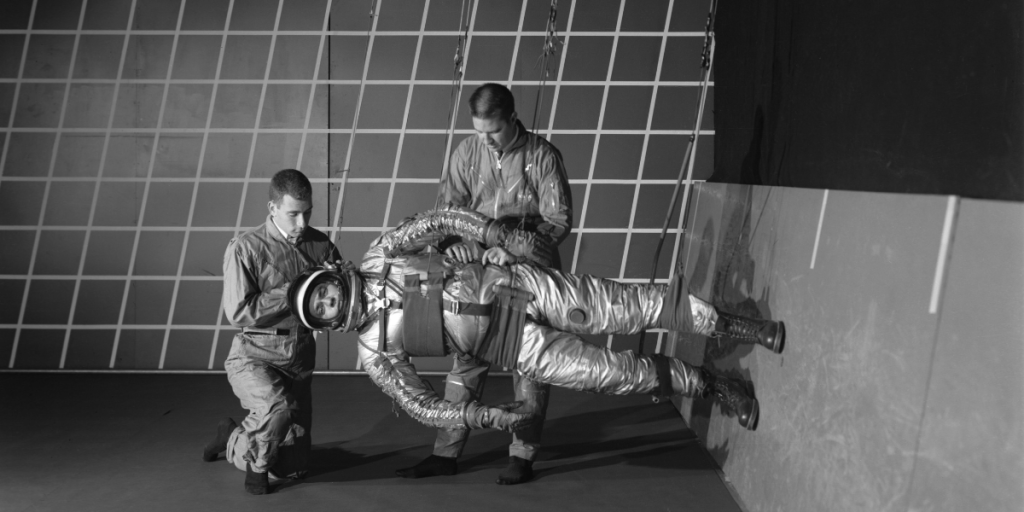The Road to Mars Begins on Earth
Others are reading now
The Road to Mars Begins on Earth
Exploring Space Without Leaving Earth

Not every mission that advances space exploration requires a rocket launch. Before humans set foot on distant worlds, scientists must understand how they’ll live, work, and stay healthy far from home.
To prepare, researchers conduct elaborate Earth-based simulations that recreate the conditions of space as closely as possible. These analog missions test human endurance, teamwork, and adaptability — vital qualities for the astronauts who will one day journey to the Moon, Mars, and beyond.
Simulating the Challenges of Space

According to Space.com, NASA and other agencies run analog missions designed to mimic space conditions right here on Earth. These simulations combine extreme environments and habitat replicas to study the human and technical factors of space travel.
Whether underwater off the coast of Florida, on volcanic slopes in Hawaii, or in Mars-like deserts of Utah, crews live in isolation, performing tasks similar to those planned for lunar or Martian expeditions.
Earth as a Training Ground

Also read
Space.com highlights several analog facilities used by NASA worldwide. The Mars Desert Research Station in Utah replicates Martian terrain, while Aquarius, an underwater lab off Florida, helps researchers study crew psychology and teamwork in confined habitats.
Other sites, like volcanic fields in Hawaii or Antarctica’s frozen outposts, serve as stand-ins for planetary landscapes.
A planetary scientist writing for The Conversation described serving as an “analog astronaut” at the Hi-SEAS facility on Hawaii’s Mauna Loa volcano — spending 28 days in isolation to study crew behavior, communication, and problem-solving under stress.
Life Inside an Analog Mission

As reported by Space.com, analog astronauts follow strict daily schedules much like real space crews. Tasks include scientific experiments, equipment testing, and team-based performance exercises to measure stress and cooperation.
Outings in mock spacesuits simulate extravehicular activities on the Moon or Mars, while life inside the habitat requires careful rationing of food and water.
Also read
Crew members grow vegetables in hydroponic gardens, take limited bucket showers, and find creative ways to maintain morale — from movie nights to makeshift birthday cakes baked with rationed ingredients. Every task, however small, provides crucial data on how humans might thrive off-world.
What We’ve Learned

Analog missions demonstrate that the path to space begins on Earth. Through these realistic simulations, scientists gain insights into the psychological and physical challenges of long-duration spaceflight.
They show how cooperation, adaptability, and innovation can turn even harsh isolation into meaningful progress.
Every analog crew contributes to the foundation of knowledge that will make future lunar and Martian settlements safer, more efficient, and more human, notes Space.com.
Training for Tomorrow’s Frontiers

While space exploration captures our imagination with rockets and distant worlds, the quiet work of analog missions brings that dream closer to reality. Each simulation — in a desert, under the sea, or atop a volcano — helps humanity prepare to live beyond Earth.
Also read
This article is made and published by August M, who may have used AI in the preparation


